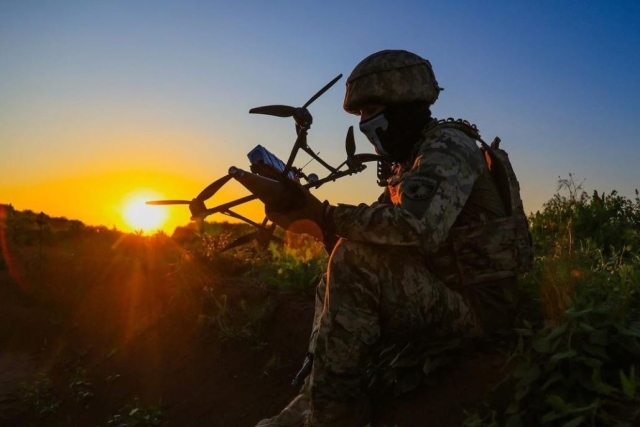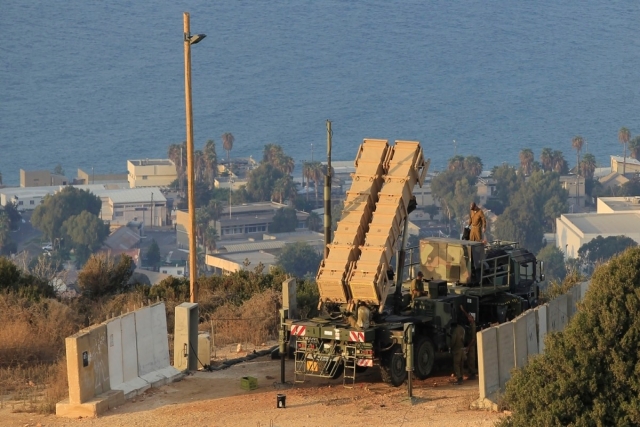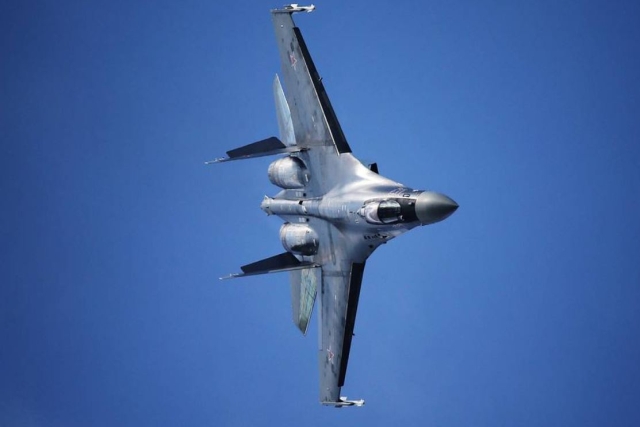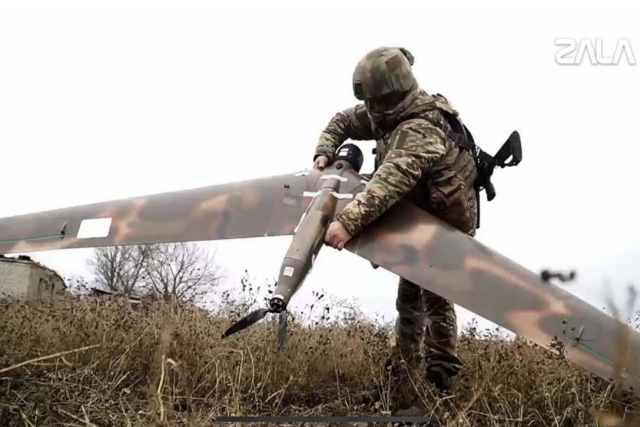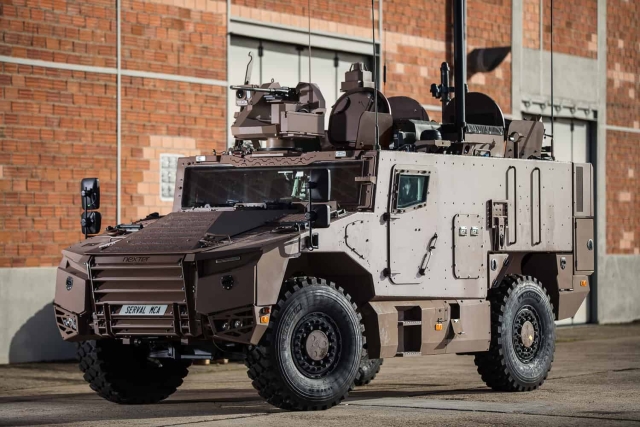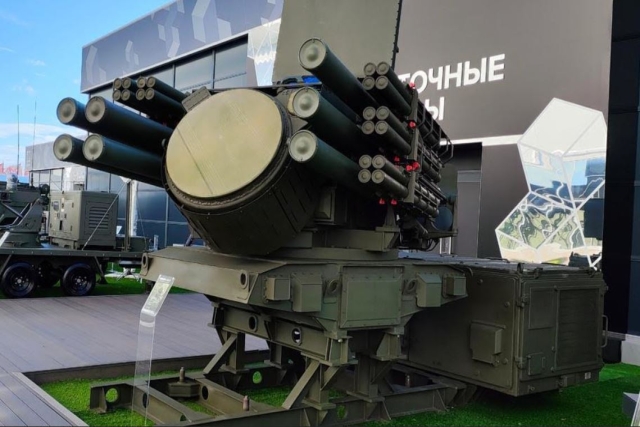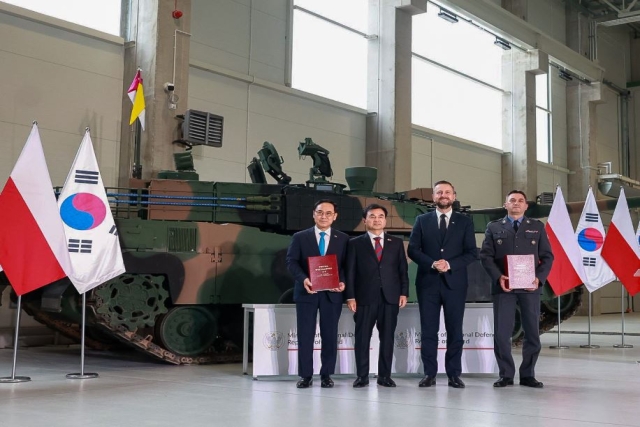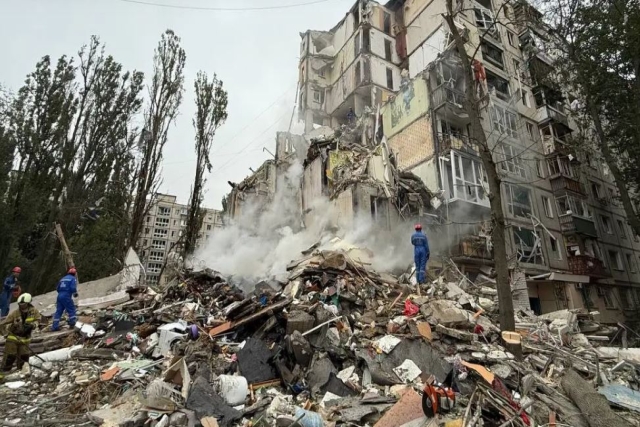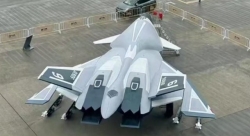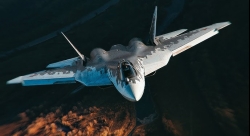Ukraine Targets Russian Military Electronics Plant 800 Miles from Border in Deepest Strike Yet
Attack targets key producers of guidance systems and EW components nearly 800 miles inside Russian territory
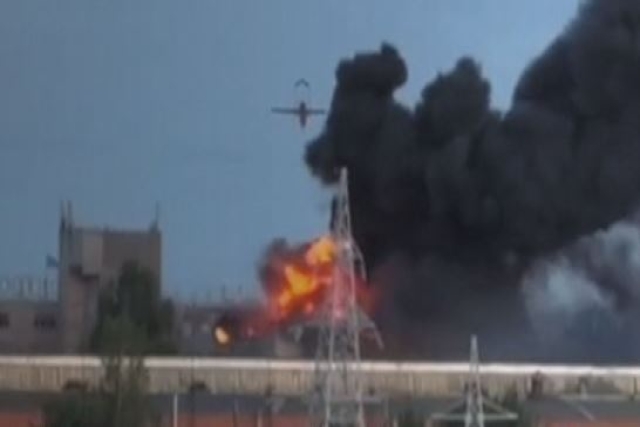
Ukraine has launched one of its deepest and most high-profile drone strikes of the war, targeting a major Russian military-electronics plant nearly 800 miles from the front line.
In the early hours of June 9, two Ukrainian AN-196 long-range drones hit the JSC VNIIR-Progress facility in Cheboksary, located in the Chuvashia Republic of central Russia. The strike caused explosions and large fires, according to Russian Telegram news channels.
The General Staff of Ukraine’s Armed Forces confirmed the operation, stating that drone units coordinated to strike both VNIIR-Progress and another facility, ABS Electro. The attacks were part of ongoing efforts to disrupt Russia’s capacity to manufacture air-attack systems and electronic warfare equipment.
“These enterprises are engaged in producing guidance components for cruise missiles, loitering munitions, glide bombs, and EW systems,” the Ukrainian military said.
The Progress plant develops electro-mechanical drives and hydraulic systems used in self-propelled howitzers, as well as key technologies for high-precision weapons such as the Iskander M ballistic missile, Kalibr cruise missile, and the Shahed-type drones. It also supports Russia's retrofitting of Soviet-era munitions into guided glide bombs.
VNIIR-Progress specializes in advanced electronic warfare technologies, including the Kometa antenna, which is designed to jam satellite and radar systems and make Russian munitions more resistant to Ukrainian jamming efforts. The plant has previously been sanctioned by the United States and the European Union for its role in Russia’s military operations.
“The damage to the facility by at least two UAVs and the subsequent large-scale fire were confirmed,” Ukraine claimed.
Despite visible fire damage shared in online images, Russian authorities claimed no casualties and only a temporary disruption in production.
This latest strike comes amid a series of cross-border attacks by Ukraine. Notably, on June 1, Ukraine carried out Operation Spiderweb — a coordinated drone strike on four Russian air bases, reportedly damaging multiple aircraft. On March 9, Ukraine had already struck another target in Cheboksary — the Burevestnik oil refinery.
In response to the June 9 drone operation, the Russian Ministry of Defense said that air defense systems intercepted 49 drones across various regions. In one incident, a Ka-52 attack helicopter reportedly shot down a Ukrainian drone with an air-to-air missile over the southern Krasnodar region.
The drones used — nicknamed the “Ukrainian Shahed” — have also been linked to previous attacks, including one on the Saratov oil refinery earlier this year. They resemble Iran’s Shahed 136 in design and range.
Ukrainian President Volodymyr Zelensky recently announced plans to ramp up domestic drone production, aiming to manufacture 30,000 long-range drones by the end of 2025. However, Ukrainian officials acknowledge that Russia maintains a production advantage. Western intelligence estimates suggest Russia now produces about 5,000 long-range drones monthly, including Shaheds and decoys intended to overwhelm air defense systems.

